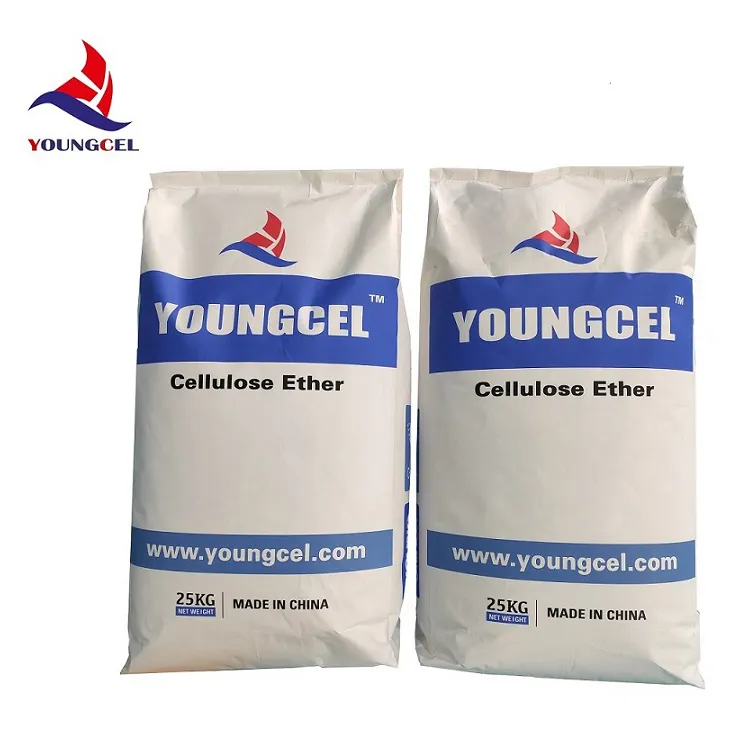The Versatility of Hydroxypropyl Methylcellulose (HPMC)
Hydroxypropyl Methylcellulose (HPMC) is a water-soluble polymer derived from cellulose, a natural organic polymer found in the cell walls of plants. Renowned for its unique properties and versatility, HPMC is widely used in various industries, including pharmaceuticals, food, cosmetics, and construction. This article explores the composition, properties, applications, and benefits of HPMC.
Composition and Properties
HPMC is produced by substituting hydroxyl groups in cellulose with hydroxypropyl and methyl groups. This modification enhances the solubility of cellulose in water and alters its rheological properties, making HPMC an efficient thickening agent. The degree of substitution affects its viscosity and solubility, which can be tailored for specific applications. For example, HPMC can be dissolved in cold or hot water, making it suitable for diverse formulations.
The most notable properties of HPMC include its film-forming capabilities, thermal stability, and ability to form gels. These characteristics make it a valuable ingredient in various products, allowing for consistent texture and performance across different temperatures and conditions. Furthermore, HPMC is non-toxic, biodegradable, and hypoallergenic, which adds to its appeal as a sustainable material.
Applications
1. Pharmaceuticals HPMC is a crucial ingredient in the pharmaceutical industry, primarily used as a binder and coating agent in tablet formulations. It aids in controlling the release of active pharmaceutical ingredients (APIs), ensuring consistent dosage and enhancing bioavailability. HPMC is also utilized in the production of ophthalmic solutions due to its ability to retain moisture, improving comfort in dry eye treatments.
2. Food Industry In food manufacturing, HPMC serves as a food additive that acts as a thickener, emulsifier, and stabilizer. It is commonly used in gluten-free products to mimic the texture that gluten provides, improving the mouthfeel and overall quality of baked goods. Furthermore, HPMC is employed in sauces, dressings, and dairy products to enhance viscosity and improve shelf life.
meilose hydroxypropyl methyl cellulose(hpmc)

3. Cosmetics and Personal Care HPMC is widely used in the cosmetics industry for its thickening and emulsifying properties. It is found in lotions, creams, and gels, providing a smooth texture that improves application and skin feel. Additionally, HPMC is used in hair care products and shampoos for its ability to increase viscosity and stabilize formulations.
4. Construction In the construction sector, HPMC plays an essential role in the formulation of cement-based materials. It enhances the workability, adhesion, and water retention of plaster and tile adhesives, making it easier to apply while improving the long-term strength of the materials. These properties are crucial for ensuring the longevity and resilience of construction projects.
Benefits of HPMC
The benefits of using HPMC are numerous. Its versatility means it can be used in a wide range of applications without compromising quality. As a non-toxic and biodegradable polymer, it is also an environmentally friendly choice compared to synthetic alternatives. The ability to customize its viscosity and solubility further enhances its appeal, allowing manufacturers to create tailored products that meet specific customer needs.
Additionally, HPMC’s functionality in improving texture and stability can significantly enhance the consumer experience in food and personal care products. As a result, products containing HPMC often achieve better market acceptance and consumer satisfaction.
Conclusion
In conclusion, Hydroxypropyl Methylcellulose (HPMC) stands out as a versatile and multifunctional polymer with a wide array of applications across various industries. Its unique properties, including water solubility, film-forming capabilities, and non-toxic nature, make it an invaluable ingredient in pharmaceuticals, food, cosmetics, and construction materials. As demand for sustainable and efficient materials continues to grow, HPMC will likely play a crucial role in developing innovative solutions that enhance product performance while minimizing environmental impact. Whether for improving consistency in a food product or ensuring optimal drug delivery in pharmaceuticals, HPMC is a testament to the potential of natural-derived polymers in modern applications.
-
Rdp Powder: Key Considerations for Wholesalers in the Building Materials IndustryNewsJul.08,2025
-
Key Considerations for Wholesalers: Navigating the World of Hpmc - Based ProductsNewsJul.08,2025
-
Hpmc Detergent: Key Considerations for WholesalersNewsJul.08,2025
-
Key Considerations for Wholesalers: China Hpmc For Tile Adhesive, Coating Additives, Concrete Additives, and MoreNewsJul.08,2025
-
Crucial Considerations for Wholesalers: Navigating the World of Construction MaterialsNewsJul.08,2025
-
Key Considerations for Wholesalers Sourcing Additive For Cement, Additive For Concrete, Additive For Putty from Additive Manufacturer Shijiazhuang Gaocheng District Yongfeng Cellulose Co., Ltd.NewsJul.08,2025




